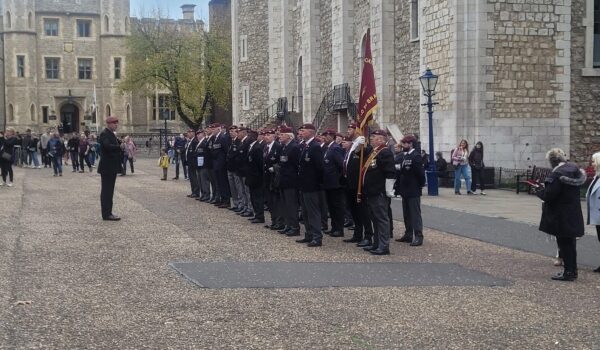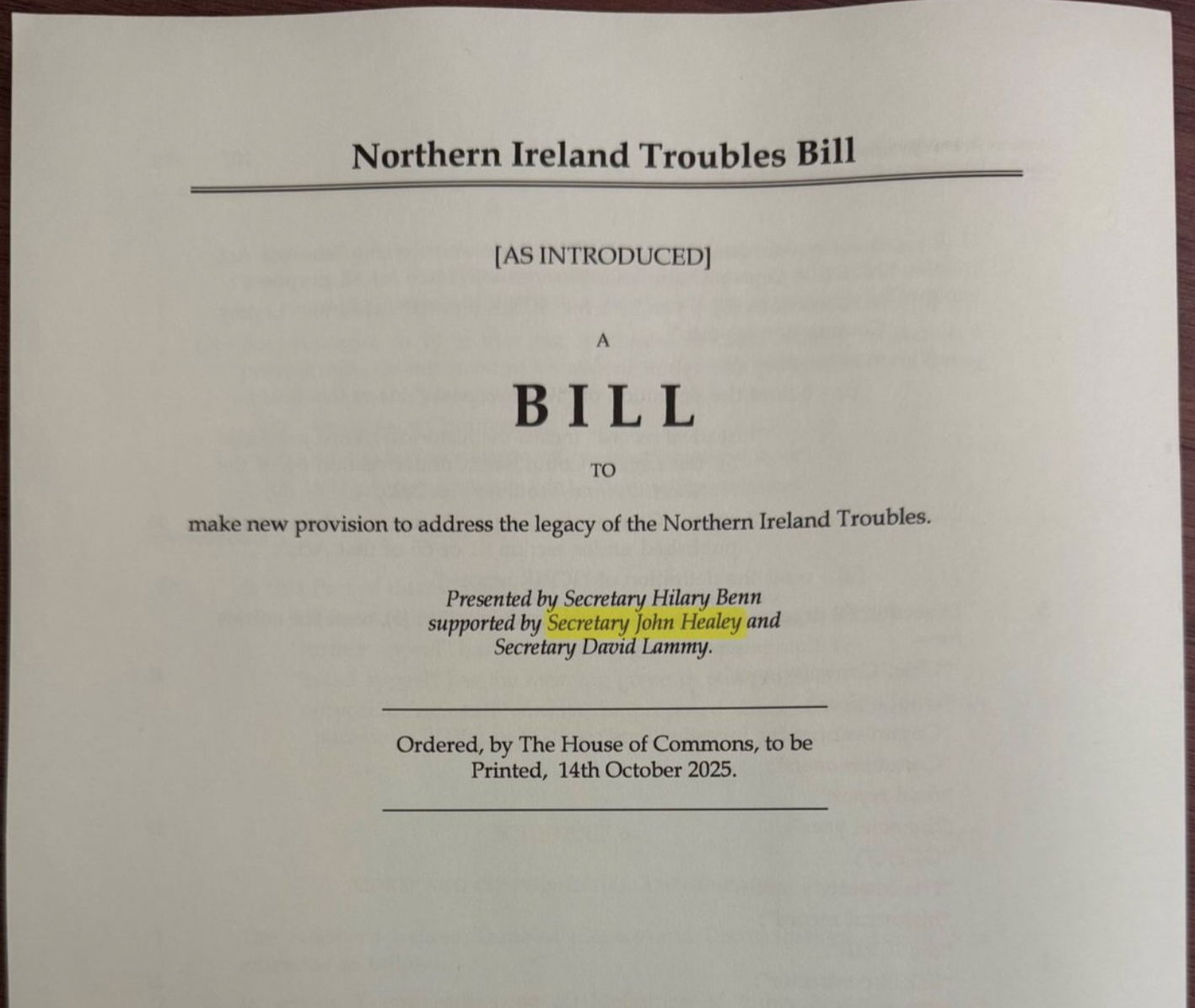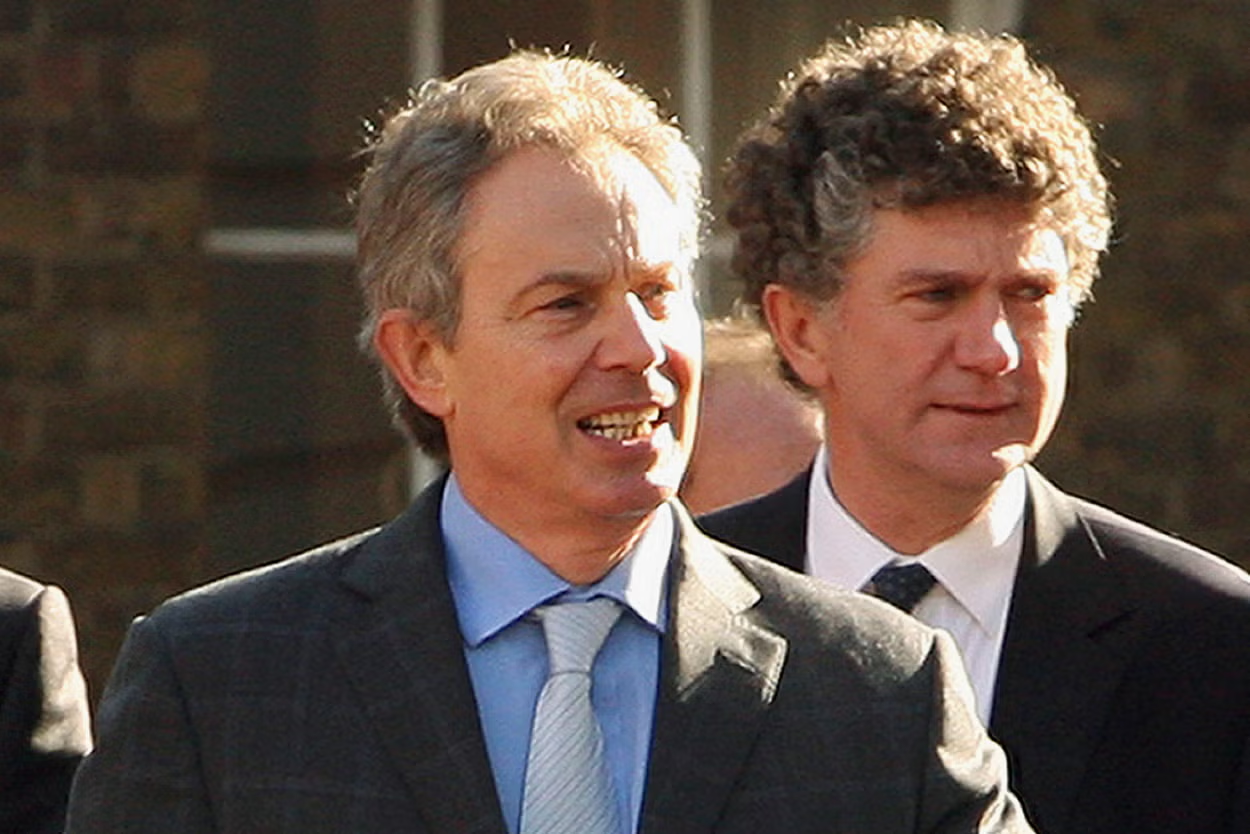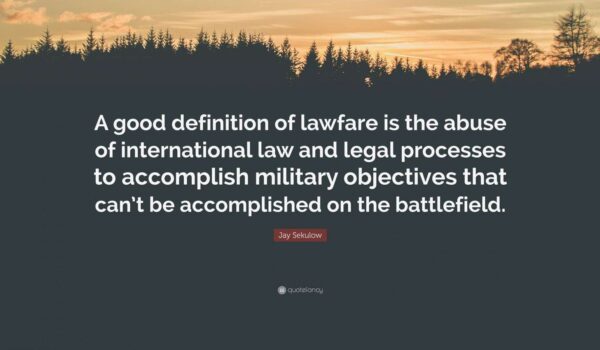THE FRENCH SAS 1941-1945
- Posted on 21 Jul 2025
- 30 min read
By David Portier (Translated from the French by Prosper Keating)

Editorial Foreword: David Portier is the author of Les Parachutistes SAS de la France Libre 1940-1945, a history of the Free French parachute units that fought in France, North Africa, Crete and North Western both independently and then as part of the British Army’s Special Air Service. The book was published in 2004 and again in 2010 and David Portier continues to research the units’ history.
David Portier told Hermes: “In order to confirm the records of some of the Free French paratroopers, I’m trying to find the records of Parachute Training Courses 76, 79, 84, 96, 97, 98, 99, 100A, 103A, 105A and 116A at RAF Ringway from August 1943 to May 1944.
“I have been able to trace and list the flight records of the Royal Air Force’s 38th Group, which dropped the French SAS in France. Unfortunately, the Parachute Raid Reports of 190th and 620th Squadrons of the RAF can’t be found in the National Archives. These reports by each pilot would help us to know how many paratroopers were in each aircraft and to reconstitute the sticks. I would be very grateful to anyone who could help me.”.

Captain Georges Bergé arrived in London on June 24th 1940 where General de Gaulle received him at Saint Stephen’s House on the Thames Embankment at Victoria. [For more on Georges Bergé, read Free French Paras… — Editor] Captain Bergé volunteered to create and train a parachute unit. On August 1st, he presented his proposal to the General who approved it. On September 15th 1940, the 1st Air Infantry Company — 1ère Compagnie d’Infanterie de l’Air — was officially formed under the Forces Aériennes Françaises Libres, under the command of Vice-Admiral Émile Muselier.
At Camberley, Captain Bergé set about gathering strays waiting to be assigned to a unit. His first volunteers were for the most part young men who had managed to get out of France on troop transports. Others had crossed the Channel on small boats. Some had succeeded in escaping from France through Spain and some had fought with the Expeditionary Corps in Narvik or in the Battle of France.
Little by little, starting in December 1940, a first section was sent to the parachute training establishment at the Central Landing Establishment at RAF Ringway, where they qualified as military parachutists. In February and then in April 1941, two more sections were formed and trained.

During the night of March 14th and 15th 1941, after further training, Georges Bergé and four men jumped into France near the Breton town of Elven on Operation Savannah, the aim of which was to eliminate German pathfinder pilots who marked targets for Luftwaffe bombers raising English cities. After this mission, Georges Bergé became the first Free French officer to be awarded the Military Cross by the British.
In the night of May 11th and 12th 1941, Sergeant-Major Jean Forman and Sergeants André Varnier and Raymond Cabard were dropped by parachute near Mimizan on the French Atlantic coast some eighty kilometers north of Spain. The operation was code-named Jospehine B and their mission was to sabotage the electricity generating station at Pessac.
On May 15th, the 1st Company moved into a Special Operations Executive training establishment set up for the Free French at Inchmery House near Exbury in the New Forest in Hampshire. This establishment was listed as STS 36. The unit comprised ten officers, twelve NCOs and seventy-four men who would be trained in sabotage, combat and clandestine warfare.

However, the 1st Coy was soon posted to the Middle East although some of the men remained in Great Britain for clandestine warfare training. Trained at SOE’s Establishment STS 36, also in the New Forest, these men would be the be the first combatants of the Free French Forces’ Military Intelligence Service. This would be named the Bureau Central des Renseignements et d’Action (BCRA) or Central Bureau for Intelligence and Action.

On July 21st 1941, the 1st Coy embarked at Greenock, headed first for Suez then Beirut and Damascus. On January 2nd 1942, thirty Free French paratroopers of the 1st Coy — now designated 1ère Compagnie de Chasseurs Parachutistes — arrived at RAF Kabrit beside the Suez Canal, where they were integrated into Major David Stirling’s Special Air Service as the Free French Squadron. The French SAS would distinguish itself on operations in enemy territory in Cyrenaica (Libya), Crete and Tunisia.

In Camberley, following the departure of Captain Bergé and his men, Captain René Weill alias Georges took over command in Great Britain of volunteers for parachute duty. In November 1942, with the departure on operations of Captain Georges, Captain François Coulet took command of the new unit until the arrival of Major Pierre Fourcaud in January 1943. The unit comprised around ten officers and forty men formed into an instruction section. The lack of action weighed heavily on them and their morale was quite low.

Eventually, at the end of March 1943, les anciens SAS de Libye returned to Great Britain. At the same time, throughout April, numerous volunteers arrived from Madagascar, Tahiti and New Caledonia. In June, a sizeable contingent of escapees from France through Spain chose to serve with the paratroopers. This injection of manpower allowed, on July 1st, the formation of the 1ére Bataillon d’Infanterie de l’Air — 1st Bn Air Infantry — or 1 BIA, command of which was given to Pierre Fourcaud, now promoted to Lieutenant Colonel. The 1 BIA now comprised three companies under training, commanded by Captains Larralde and Raoult and Lieutenant Boissonnas.

Despite all of these developments, the situation had not evolved by October 1943 and the Free French paratroopers of the 1 BIA remained inactive. Eventually, some of the veterans of Libya and a few influential individuals made contact with Winston Churchill’s son Randolph Churchill and with Colonel Bill Stirling, who was trying to form a unit like that commanded by his brother in Egypt.
With the rebirth of the idea of sending Free French paratroopers to the Special Air Service, Lieutenant Colonel Fourcaud left the 1 BIA. On November 1st 1943, Lieutenant Colonel Norbert Durand replaced Pierre Fourcaud and was given command of the Half-Brigade consisting of the 1 BIA and the 3 BIA under Captain Pierre Château-Jobert. The 1 BIA was renamed 4 BIA and placed under the command of Major Pierre Bourgoin.
At the end of November 1943, after all kinds of difficulties, the notion of attaching two parachute battalions of the Free French Forces to the British Army’s SAS Brigade was approved. In January 1943, Brigadier Roddy McLeod was given command of the new Special Air Service Brigade, 2,000-strong and forming up in Scotland. The Brigade would eventually number some 2,500 troopers of 1st SAS, under Paddy Mayne, 2nd SAS under Bill Stirling, the two French battalions designated 3rd and 4th SAS and the Belgian Squadron under Captain Eddie Blondeel.


The French Paras were sent to the Scottish regions of Cupar and Comrie for training. At the end of January 1944, the two Free French parachute battalions were formally integrated into the SAS Brigade and posted to Ayrshire, where they moved into a camp near Auchinleck. There, they underwent several months of intensive training in commando tactics and sabotage methods.
As of April 7th 1944, the 4 BIA — the Free French parachute battalions retained their French names on the Free French Order of Battle — comprised 43 officers and 438 NCOs and Other Ranks. That day, 4 BIA was given the new title of 2ème Régiment de Chasseurs Parachutistes or 2 RCP. On May 27th 1944, the unit boarded a train bound for southern England where they moved into a secret camp at Fairford near Cirencester.
During the night of June 5th and 6th, four sticks of nine men each jumped over Brittany. Lieutenants Marienne and Déplante were dispatched around Lanvaux tasked with establishing a base of operations code-named Dingson. The Marienne stick jumped at 00.45 hrs Allied time near the hamlet of Halliguen in southern Brittany and came under attack shortly after landing.
The section’s radio was captured and Corporal Émile Bouétard killed towards 01:30 hrs. He was the first French soldier killed in action on Operation Overlord. At the same time, two sticks commanded by Lieutenants Botella and Deschamps jumped near Locarn in the Côtes-du-Nord — in northern Brittany — tasked with setting up the ‘Samwest’ base.
Two nights later, on June 7th and 8th, eighteen groups of three to five saboteurs each from 4 BIA — 4th SAS — were dropped across Brittany as part of Operation Cooney-Parties tasked with cutting enemy lines of communication before forming up at the Dingson or Samwest bases, depending on their mission orders. On the night of June 9th and 10th, more elements of 4th SAS jumped to reinforce the Samwest and Dingson bases. The paratroopers took charge of the arming and instruction of the maquisards — of the Forces Françaises de l’Intérieur — before taking from the beginning of August in the liberation of Brittany.

At the end of August 1944, 4th SAS/4 BIA received machine-gun-equipped Jeeps and other vehicles, including several Bedford pick-ups. As part of Operation Spenser, the French SAS moved the Loire Valley and occupied Briare. Throughout September 1944, they mounted ambushes and attacks on enemy convoys retreating towards the north-east. At the beginning of October 1944, 4th SAS moved to Montmirail and Esternay in the Champagne region for rest and recuperation.
On November 11th 1944, the unit was made a Companion of the Order of Liberation by General Charles de Gaulle. Elements of the parachute units of the Gaullist Free French Forces paraded in Paris that day to commemorate the 1918 Armistice. Every Free French paratrooper now wore the British maroon beret but pulled to the left in the French style with the badges on the right.

At the end of November, Major Pierre Puech-Samson took command of 4th SAS/2e RCP. As the men prepared to celebrate Christmas, they were suddenly placed on alert on the morning of December 24th. They left that day for Sedan and thence to the Belgian Ardennes. The Free French SAS troopers reached the small town of Bertrix in the Belgian province of Luxembourg on Christmas day and were warmed greeting by the inhabitants. Despite harsh weather conditions, the Free French paratroopers sent out patrols on Operation Franklin to locate and probe the German lines. On January 12th 1945, a platoon under Sous-Lieutenant Loïc Raufast liberated Saint-Hubert before continuing their advance through Houffalize, Limerlé and Steinbach and into Luxembourg.

Later, on the night of April 7th and 8th 1945, 3rd and 4th SAS jumped over the Dutch province of Drenthe, tasked with harassing German forces to aid the advance of the Canadian 1st Army. The operation was codenamed Amherst. After a time in Great Britain, the French SAS units were sent to the airfield near Château Bougon in the outskirts of the southern Breton port of Nantes. Gradually, the men were demobilised. On August 1st 1945, the paratroopers came under the command of the French Army rather than the Air Force. The 3 RCP was disbanded and any men who wished to stay in uniform were assigned to the 2 RCP commanded by Lieutenant Colonel Jacques de Bollardière.

On February 1st 1946. volunteers from various parachute units — who included veterans of 3rd and 4th SAS — were gathered together to form a new battalion-sized parachute unit: the 1ère Bataillon de Choc SAS. This unit was renamed 1ère Bataillon Parachutiste SAS on February 23rd 1946 and would soon leave to fight in Indo-China. Today, its traditions live on in the care of the 1er Régiment de Parachutistes d’Infanterie de Marine or 1er RPIMa, which is part of the French Army’s Special Forces. [The ‘Marine’ appellation replaced the term ‘Colonial’ in the early 1960s as France’s last colonial war in Algeria came to an end — Editor]

1 RPIMa wears a version of the British SAS badge bearing the motto Qui Ose Gagne on its beret, which is of the same maroon colour as the beret worn by The Parachute Regiment and Airborne Forces and by the SAS in the 1940s and 1950s. Thus, do the traditions of the Free French SAS live on.









